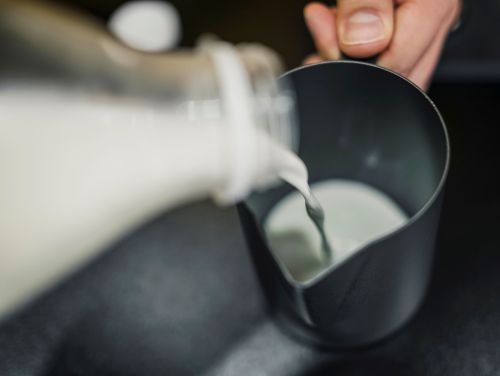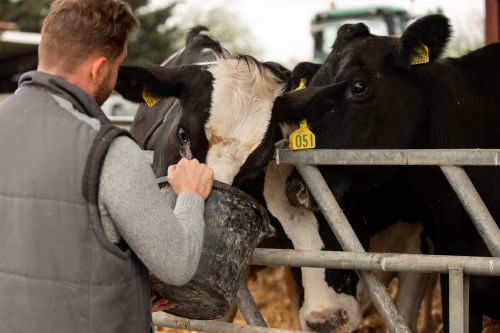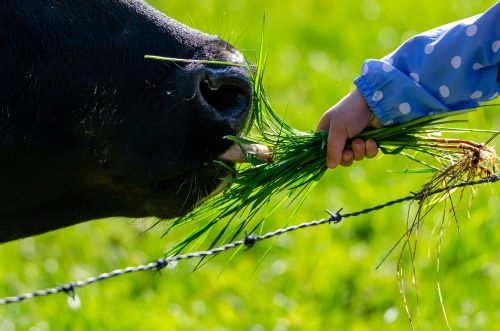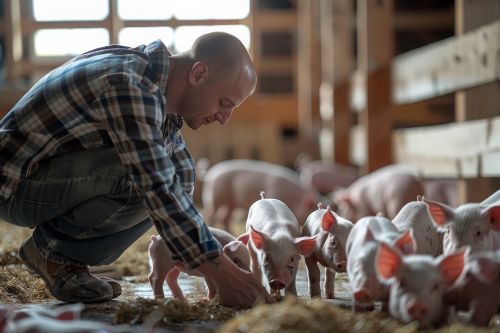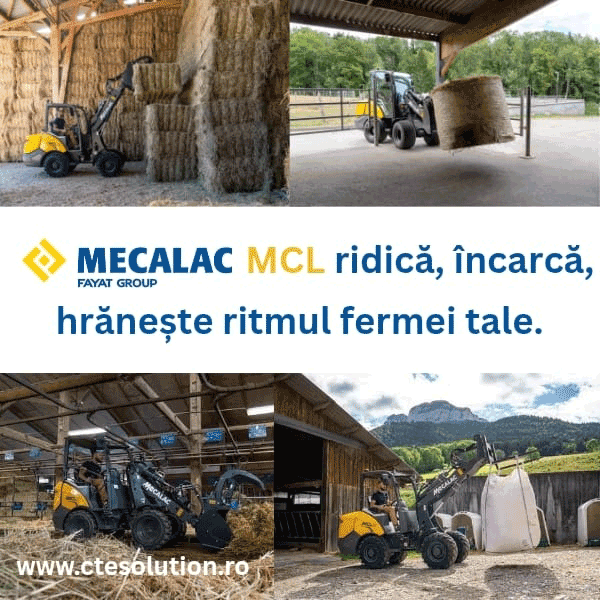
EU Agricultural Subsidies Talks Stall Amid Rising Tensions
National Interests and East-West Divides Block Progress on Future CAP Funding
Brussels – As reported by Euractiv, a recent gathering of EU ministers and state representatives aimed at advancing discussions on the distribution of agricultural subsidies under the Common Agricultural Policy (CAP) has instead exposed deep divisions and brought talks to a standstill.
🔹 A Forum Turned Standoff
What was intended as a constructive step forward quickly became a battleground of clashing national priorities. The meeting, held in the shadow of mounting budget negotiations for the 2028–2034 period, descended into finger-pointing and stalemates, halting any meaningful progress.
Some delegations arrived with concrete proposals to reallocate funds fairly, prioritizing small and medium-sized farms. Others, notably France and Spain, defended the importance of supporting their large-scale agricultural sectors.
Disagreements intensified around allocation criteria — surface area, production volumes, compliance with environmental standards, and social equity. One visibly frustrated minister from Eastern Europe bluntly declared:
“Every euro must return home.”
🔹 Priorities and Power Plays
Large agricultural players demanded clarity:
“What are the EU’s priorities?” they asked.
The absence of a unifying answer underscored the fragility of European consensus and triggered a deadlock not out of unwillingness, but due to strategic misalignment.
Observers noted that the lack of cohesion within the European Commission contributed to the breakdown. As discussions collapsed, attention turned toward behind-the-scenes diplomacy, bilateral talks, and the potential for direct intervention by the Commission to salvage the process.
With the risk of prolonged gridlock looming, member states are expected to return to negotiations informally, seeking compromise to prevent a collapse of the next CAP framework.
🔹 Romania’s Strong and Independent Position
Romania stood out with a firm and independent stance, challenging the current structure of EU subsidy distribution.
At the June–July 2024 meeting of agriculture ministers, Romania was the only member state not to endorse the Belgian Presidency’s joint conclusions, demanding clarity on equalizing aid levels between Western and Eastern EU members.
Bucharest officials have long criticized the disparity in per-hectare subsidies, arguing that Romanian and Central European farmers receive significantly less than their Western counterparts. They insist on a redistribution model that reflects this regional imbalance.
In alliance with Poland, Hungary, Slovakia, and Bulgaria, Romania also requested derogations from crop rotation (GAEC 7) and set-aside land requirements (GAEC 8), citing structural differences and the importance of integrated crop-livestock systems.
This dual approach — opposing EU consensus while negotiating rule adjustments based on national context — signals a strategic posture that combines critique with pragmatism.
🔹 A Widening East–West Rift
Romania’s alignment with other Eastern states reflects growing frustration with a CAP model perceived as favoring Western agricultural giants like France, Spain, and Germany.
By calling for fairer redistribution, targeted support for small-scale Eastern farmers, and greater policy flexibility, Romania is positioning itself as a key voice in future CAP reforms.
As the EU prepares for a new Multiannual Financial Framework (2028–2034), the fault lines revealed in Brussels suggest a tough negotiation road ahead — one shaped not only by economics but also by political will, regional solidarity, and the credibility of European unity.
